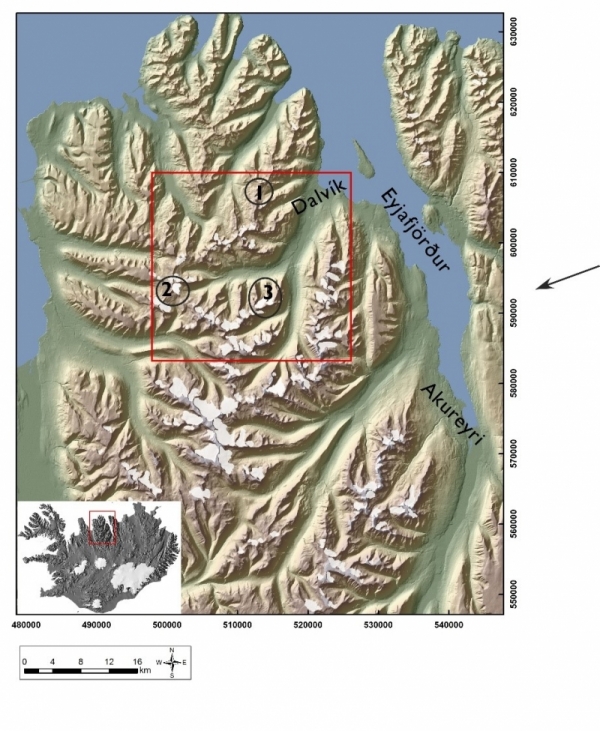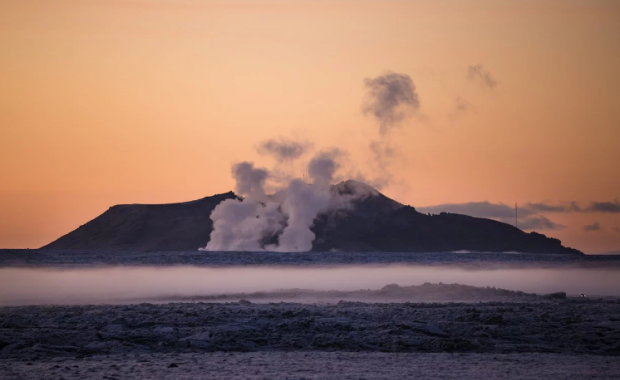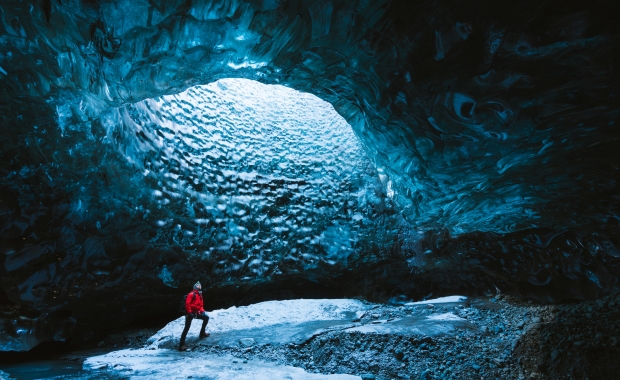The nearly 150 glaciers of Tröllaskagi peninsula in North Iceland shrank during the winter of 2016-17 according to measurements by the Icelandic Institute of Natural History. Warm weather during the winter and limited snowfall are the primary reasons.

Tröllaskagi peninsula is home to a large number of small glaciers which are very sensitive to shifts in climate. The glaciers add and shed mass year from year based on the snow accumulation and temperature. When snow accumulation is limited the new-fallen snow melts earlier in the summer, revealing older ice which has accumulated dust and gravel. The dark older ice then melts faster, as it reflects less of the sunlight, pushing the glacier into a negative spiral.
The Institute of Natural History measures the glaciers of Tröllaskagi with the help of local residents and farmers who measure the snow accumulation and melting on the glaciers over the year. These measurements show that the ice caps of the many glaciers of Tröllaskagi shrank in 2016-17, the glaciers losing what amounts to 1 meters (3.3 ft) thick ice on average.
The nearly 150 glaciers of Tröllaskagi peninsula in North Iceland shrank during the winter of 2016-17 according to measurements by the Icelandic Institute of Natural History. Warm weather during the winter and limited snowfall are the primary reasons.

Tröllaskagi peninsula is home to a large number of small glaciers which are very sensitive to shifts in climate. The glaciers add and shed mass year from year based on the snow accumulation and temperature. When snow accumulation is limited the new-fallen snow melts earlier in the summer, revealing older ice which has accumulated dust and gravel. The dark older ice then melts faster, as it reflects less of the sunlight, pushing the glacier into a negative spiral.
The Institute of Natural History measures the glaciers of Tröllaskagi with the help of local residents and farmers who measure the snow accumulation and melting on the glaciers over the year. These measurements show that the ice caps of the many glaciers of Tröllaskagi shrank in 2016-17, the glaciers losing what amounts to 1 meters (3.3 ft) thick ice on average.







